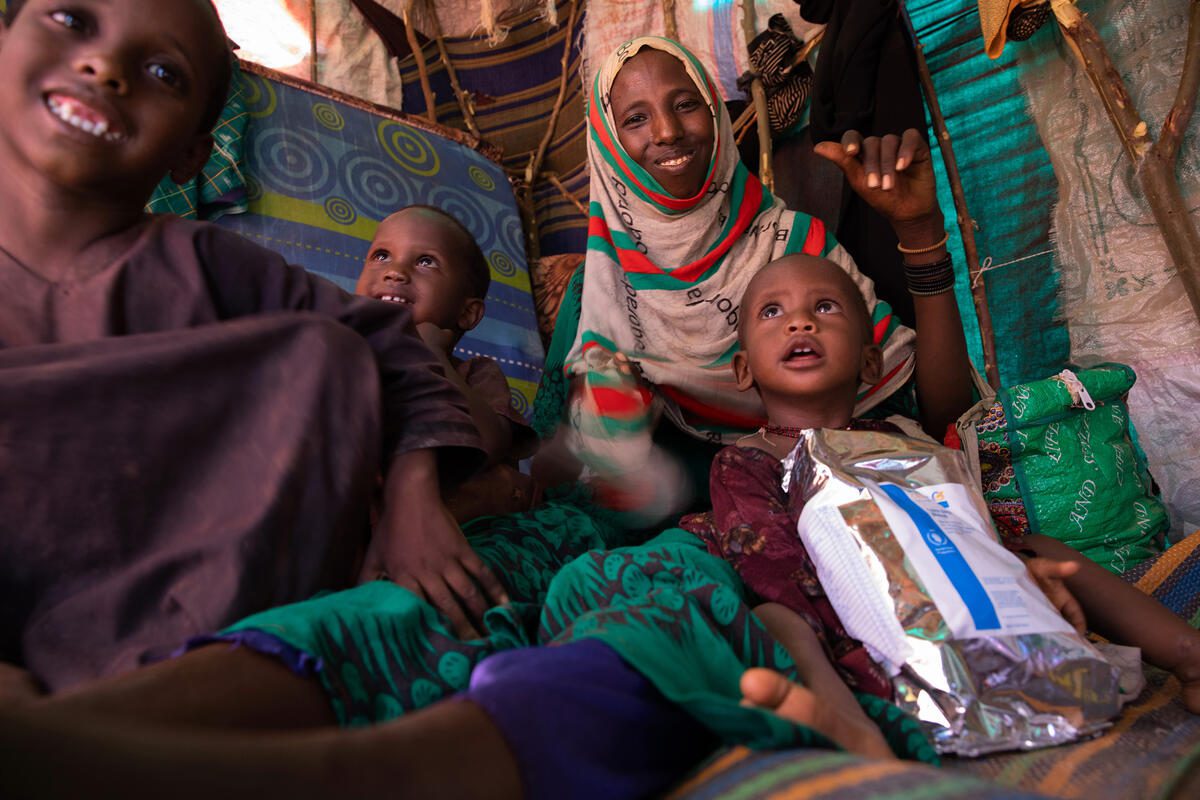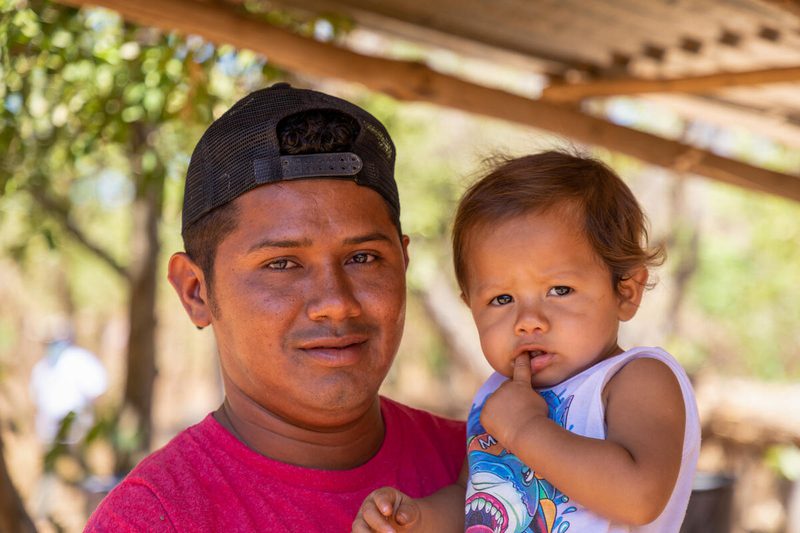Growth and Loss
El Salvador is the smallest and most densely populated country in Central America. Over the past decade it has made significant progress in reducing food insecurity and malnutrition, with the rate of stunting (low height for age) in children under 5 dropping from 19 to 14 percent between 2008 and 2014. Acute malnutrition levels remain low at 2 percent.
On top of extreme violence, poverty and inequality continue to pose major challenges to development: these cause thousands to leave the country every year. There are currently some 2.5 million Salvadorans living in the United States alone.
You can make a difference. By understanding issues, learning how to civically engage, and joining the movement to end global hunger for good.
Fueled by poor access to nutritious food, scarcely diversified diets – poor consumption of vegetables and fruits – and a lack of nutritional awareness, three major nutritional problems overlap in El Salvador: stunting (caused by malnutrition) in children under five years of age; anaemia in women of reproductive age; and obesity and overweight in adults (also seen increasingly in children).
Vulnerability to volcanic eruptions, earthquakes and severe weather conditions – also exacerbated by El Niño which causes alternating floods and droughts – affects the sustainability of El Salvador’s food systems. The country is heavily dependent on import for main staples like rice, beans and corn. All the wheat and rice consumed nationally is imported. Farmers only account for 14 percent of the economically active population, and the vast majority of them are subsistence smallholders farmers producing mainly staple food – maize and beans — and living on less than $200 a month.
 WFP/David Fernandez
WFP/David Fernandez







